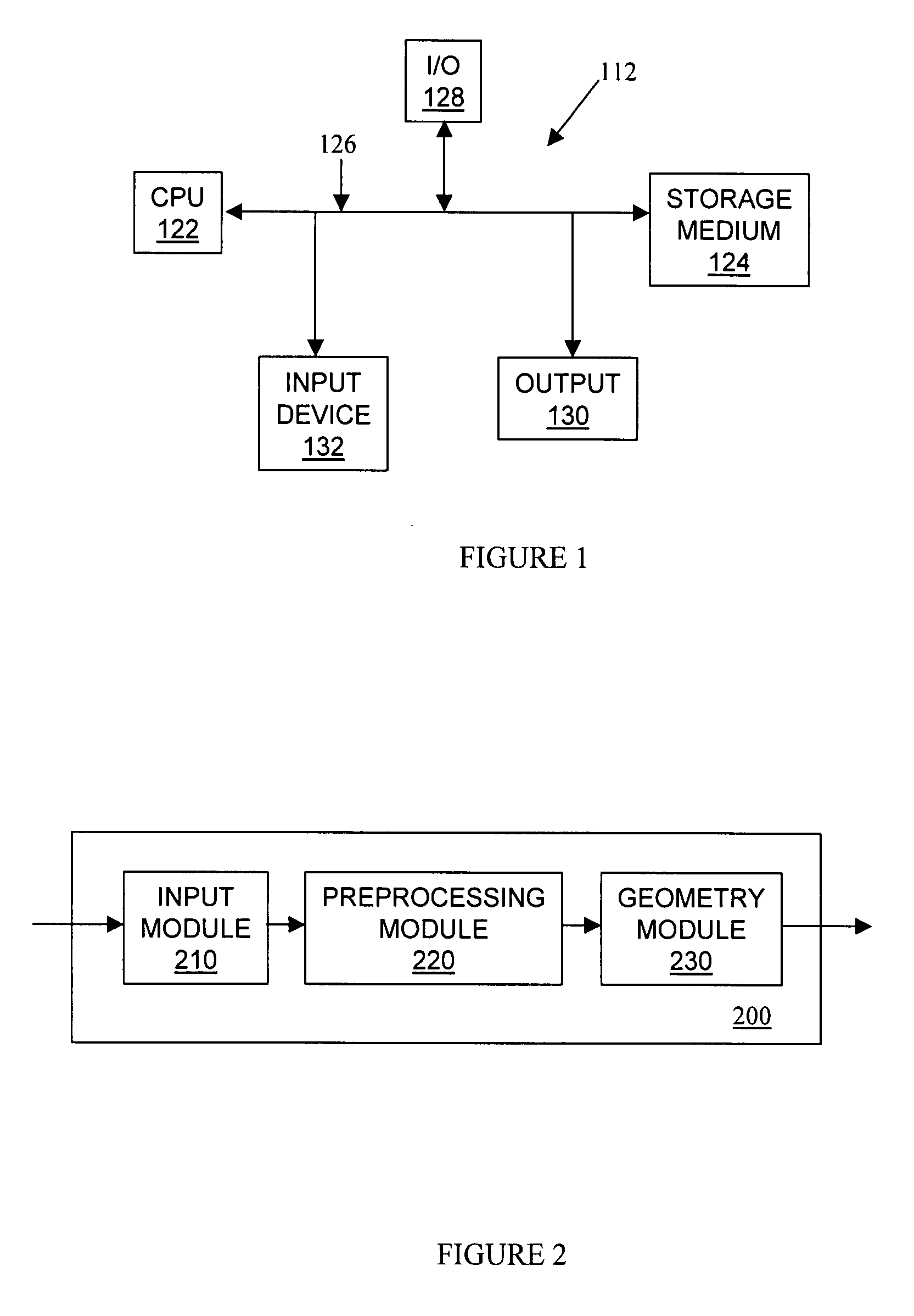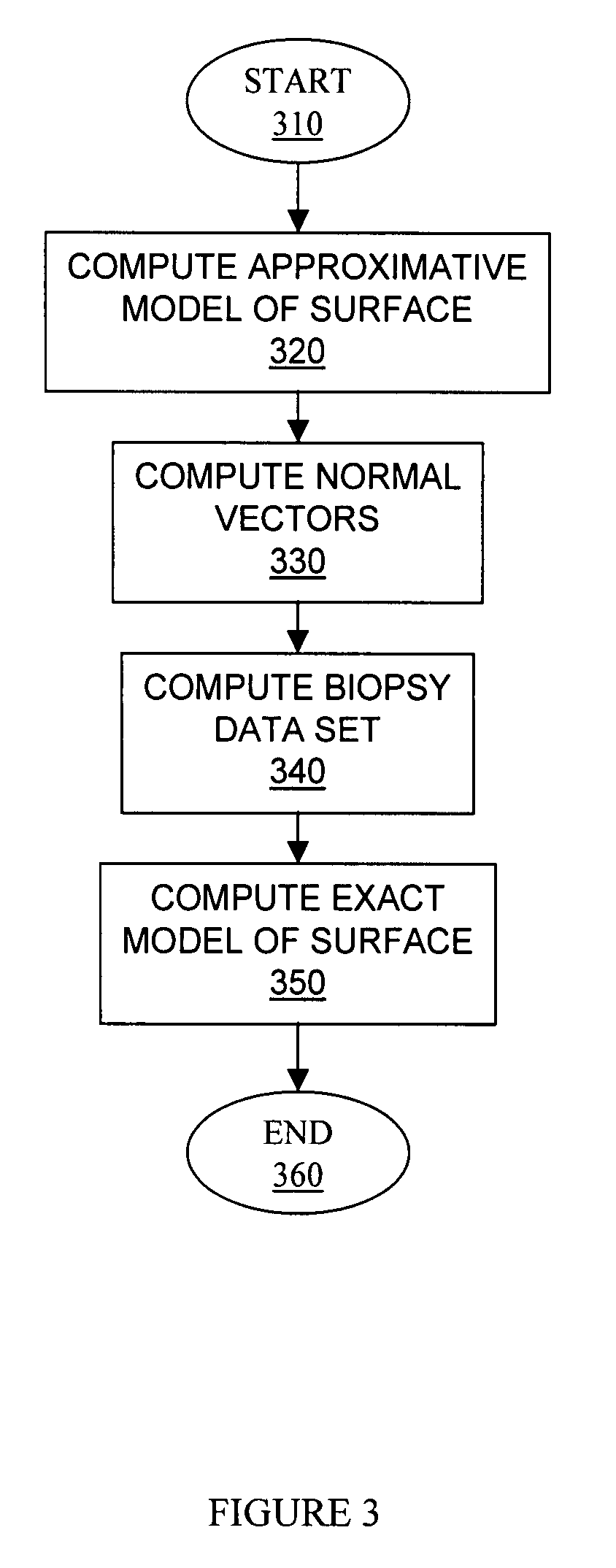Method for assessing the contraction synchronization of a heart
a technology of synchronization and heart contraction, applied in image data processing, sensors, catheters, etc., can solve the problems of high user dependence, inconvenient use, and inability to accurately assess the contraction synchronization of the heart, and achieve the effect of minimizing the negative impact of dyskinetic wall segments
- Summary
- Abstract
- Description
- Claims
- Application Information
AI Technical Summary
Benefits of technology
Problems solved by technology
Method used
Image
Examples
example
[0144] A specific embodiment of the above-described method for assessing the contraction synchronization of a heart of a patient is described hereinbelow and compared to prior art methods.
[0145] Materials and Methods
[0146] Study Population
[0147] The study population consisted of consecutive patients referred to the nuclear medicine department of the Montreal Heart Institute for assessment of left ventricular systolic function between June 2004 and June 2006. Patients hospitalized for an acute event or with decompensated heart failure were excluded. Data regarding baseline variables and past medical history were recorded and both planar and GBP-SPECT acquisition performed. The protocol was approved by the Montreal Heart Institute's research and ethic committee.
[0148] Labeling Technique
[0149] Labeling of autologous red-blood cells was performed using the usual in vivo technique with intravenous administration of 1110 MBq of 99mtechnetium. Cold stannous pyrophosphate (Amerscan™, A...
PUM
 Login to View More
Login to View More Abstract
Description
Claims
Application Information
 Login to View More
Login to View More - R&D
- Intellectual Property
- Life Sciences
- Materials
- Tech Scout
- Unparalleled Data Quality
- Higher Quality Content
- 60% Fewer Hallucinations
Browse by: Latest US Patents, China's latest patents, Technical Efficacy Thesaurus, Application Domain, Technology Topic, Popular Technical Reports.
© 2025 PatSnap. All rights reserved.Legal|Privacy policy|Modern Slavery Act Transparency Statement|Sitemap|About US| Contact US: help@patsnap.com



